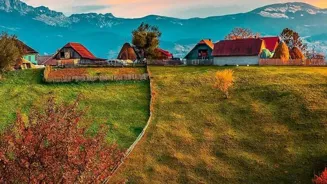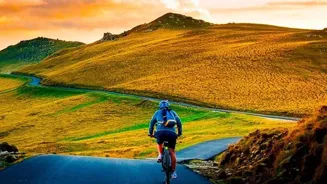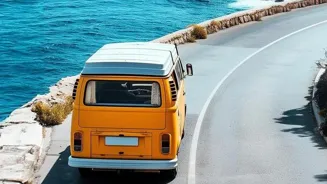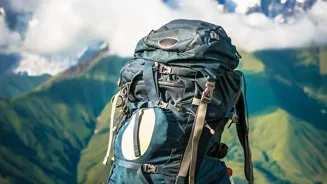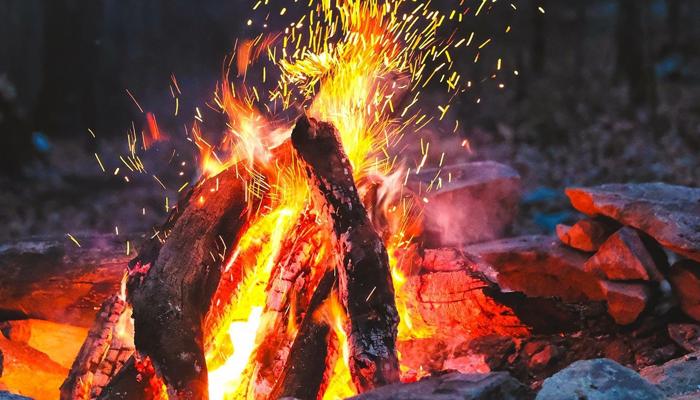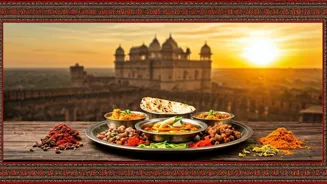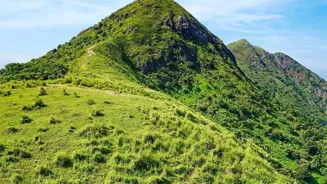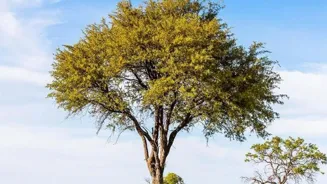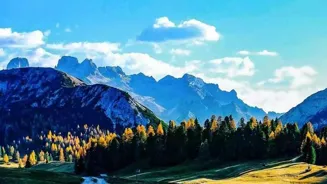Unveil the art of travel photography capturing your journey's essence. Dive into tips, from equipment to editing, and immortalize your adventures!
Incredible India! From the snow-capped Himalayas to the sun-kissed
beaches of Goa, our country is a visual feast. And what better way to preserve those memories than through the lens of a camera?
Travel photography isn't just about taking pretty pictures; it's about capturing the essence of your journey, the stories behind the landscapes, and the emotions you felt along the way. It's about freezing a moment in time and reliving that adventure every time you look at the photograph.
So, dust off your camera, pack your bags, and let's explore the world of travel photography, Indian style!
Invest in equipment that suits you, not the most expensive
Firstly, let's talk about equipment. You don't need the most expensive camera on the market. A decent smartphone camera these days can produce stunning results, especially in good lighting.
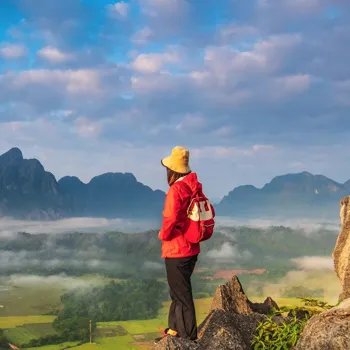
If you're serious about photography, consider investing in a DSLR or mirrorless camera with interchangeable lenses. A versatile zoom lens is a great starting point, allowing you to capture both wide landscapes and close-up details.
A lightweight tripod can be invaluable for those breathtaking sunrise and sunset shots. Don't forget extra batteries and memory cards; you don't want to run out of juice or space when that perfect moment arrives!
Remember the best camera may not be the most expensive or the fancy one, it is the one you are more comfortable and happy clicking with.
Importance of lighting in photography: tips for capturing the best light conditions
Lighting is really very important! The 'golden hour', the time shortly after sunrise and before sunset, provides warm, soft light that can transform an ordinary scene into something magical. Avoid shooting in the harsh midday sun, as it can create strong shadows and wash out colors.
If you must shoot during the day, try to find some shade or use a diffuser to soften the light. Cloudy days can also be your friend; the diffused light can create a beautiful, even exposure. If indoor, try to find windows to get natural light.
For night photography, you’ll need a tripod and a basic understanding of long exposure settings. Practice with different light settings at home to get comfortable with camera settings.
Compose photos using the rule of thirds for balance and appeal
Composition is the key to making your photos stand out. The 'rule of thirds' is a classic guideline: imagine dividing your frame into nine equal parts with two horizontal and two vertical lines. Position your subject along these lines or at the points where they intersect.
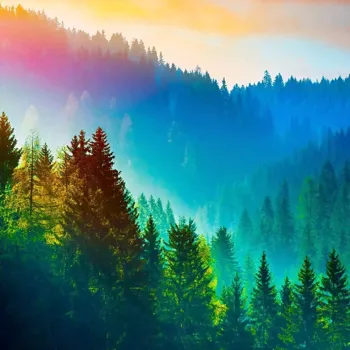
This creates a more balanced and visually appealing image. Experiment with different angles and perspectives. Get down low to emphasize foreground elements, or climb up high for a bird's-eye view.
Pay attention to leading lines, such as roads or rivers, which can draw the viewer's eye into the scene. Try to keep the horizon straight, unless you're deliberately tilting the camera for creative effect. Remove any distracting elements from the frame, such as litter or unwanted objects.
Respect locals, seek permission for photos, interact for authentic travel stories
People add life and stories to travel photos. Before taking someone's picture, always ask for their permission, especially in rural areas. A simple "Namaste" and a friendly smile can go a long way. Interact with the people you photograph; learn about their lives and culture.
This will not only make your photos more authentic but may also make your experience richer. Capture candid moments – a child laughing, a woman selling flowers, a farmer tending to his fields. These are the images that will truly tell the story of your travels.
Be respectful of local customs and traditions. Avoid taking photos that might be considered intrusive or offensive.
Capture emotions and details in travel photos to tell a compelling story
Don't just take snapshots; tell a story with your photos. Think about what you want to convey with each image. Is it the grandeur of the Himalayas, the vibrancy of a local market, or the serenity of a temple?
Use your photos to capture the emotions, the smells, the sounds, and the atmosphere of your journey. Focus on the details – the intricate carvings on a building, the texture of the sand on a beach, the colorful spices in a market. These small details can add depth and richness to your photos.
Create a photo essay or slideshow to share your travel experiences with friends and family.
Editing photos elevates their impact; refine with care
Finally, editing is an important part of the photography process. A few simple adjustments can make a big difference in the look and feel of your photos.
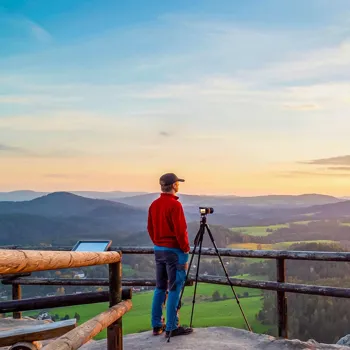
Use a photo editing software (like Snapseed, Adobe Lightroom, or even the editing tools on your smartphone) to adjust the brightness, contrast, and color balance. Crop your photos to improve the composition. Remove any blemishes or distractions. But don't overdo it!
The goal is to enhance your photos, not to make them look artificial. Practice editing different types of photos to develop your own style. Remember, the best photos are the ones that capture the true essence of your journey, even with a little editing magic.
So, go ahead, explore, and capture the beauty of India and the world! Happy clicking!
AI Generated Content. Glance/InMobi shall have no liability for the content